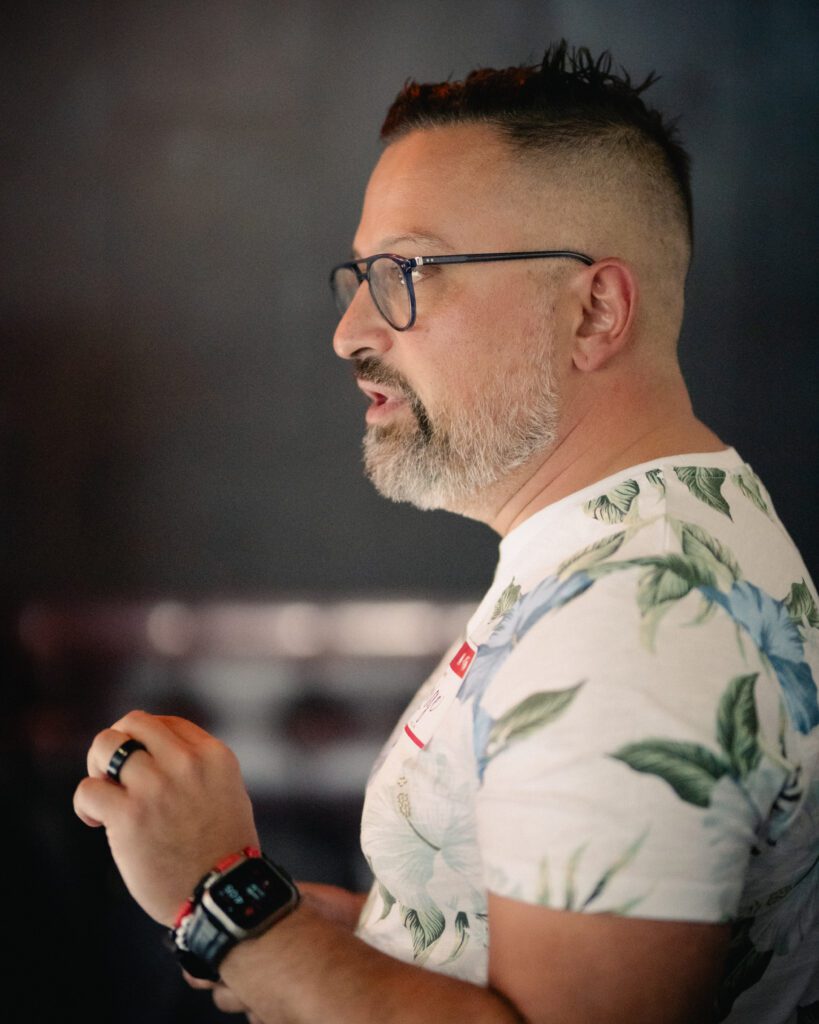Sep. 19, 2024

Why Your Marketing Fails Without Great Content: The Untold Truth Every Brand Needs to Hear
The Foundation of Effective Marketing
In today’s digital world, content isn’t just king, it’s the entire kingdom. From the moment a potential customer interacts with your brand, the content they consume shapes their perception of your value. No matter how great your design or strategy may be, if your content doesn’t resonate, inform, or inspire action, everything else falls flat.
Stage 1: Ideation
Laying the Groundwork for Success
Before any piece of content is created, you need a clear understanding of who you’re speaking to. This stage is all about gathering insights and understanding the nuances of your audience’s challenges. I’ve seen time and time again how this research is the difference between content that performs and content that gets lost in the shuffle.
For instance, by using tools like Hubspot’s Marketing Hub, you can start developing persona-driven strategies that make your content relevant, whether you’re addressing a B2B or B2C audience.
Stage 2: Content Planning
Transforming Ideas into a Strategy
Once you’ve defined your audience, it’s time to plan how to reach them effectively. In this phase, it’s crucial to match the content type to the stage of the buyer’s journey. For example, you’ll want blog posts or videos for top-of-funnel leads and case studies or testimonials for those further down the line.
What often surprises clients is how far good content can go. When you create a piece that resonates, it shouldn’t just live in one place. It can, and should, be repurposed across different platforms. I’ve seen blogs that spark interest be turned into videos and social media posts, allowing the message to reach different audiences on various platforms. This kind of multi-channel leverage is how you maximize your content’s potential reach.
Stage 3: Creation
Bringing the Ideas to Life
Here’s where the magic happens, or doesn’t. Weak content is, unfortunately, rampant across many industries. It’s common to see brands prioritizing visuals over substance, assuming that flashy design will distract from subpar messaging. But here’s the thing: a well-designed website or ad will get attention, but only content with depth and value will keep that attention. I’ve worked with clients who initially thought a redesign was the solution to low engagement, only to realize that the real problem was their content.
Weak content often suffers from lack of relevancy or over-promotion. Instead of focusing solely on what the product is, effective content centres around why it matters to the audience. A fantastic example of high-value content that achieves this can be found on Neil Patel’s blog.
Stage 4: Deployment
Ensuring Maximum Impact
Even the best content can fall flat if it’s not properly deployed. This stage is all about getting your message out on the right platforms at the right time. Whether it’s organic social media, email marketing, or paid ads, distribution needs to be tailored to where your audience is spending time.
It’s also important to monitor your performance through tools like Google Analytics or SEMrush to continuously tweak and refine your approach. Data isn’t just numbers, it’s a roadmap for where your content can go next. They key is not to get overwhelmed with the numbers, the key is to identify the ones that are important and align with your goals.
Stage 5: Optimization and Analysis
Refining Your Content for Continued Success
One of the biggest mistakes I see in content marketing is the “set it and forget it” mentality. Content is not static; it needs to evolve and be optimized over time. After a piece of content has been out for a while, it’s crucial to look at how it performed and make adjustments. Are people engaging with it? Is it driving conversions? If not, what needs to change?
Tools like Ahrefs are great for diving deeper into performance, revealing gaps in keyword usage and backlink opportunities that can give your content a second wind.
Conclusion:
Content is the cornerstone of every successful marketing initiative. Without it, even the most visually appealing and technically advanced strategies fall short. Remember, good content isn’t just created, it’s nurtured, repurposed, and optimized over time to make sure it reaches its full potential. Whether you’re just starting out or looking to refine your approach, prioritizing content is the key to achieving long-term marketing success.
Book with us
Let’s accomplish what you are looking for, our team of experts are here for you.
Let's work togetherWarning: Working with our team may result in excessive creativity, uncontrollable 'aha' moments, and an addiction to perfect pixels. Please proceed with caution.



